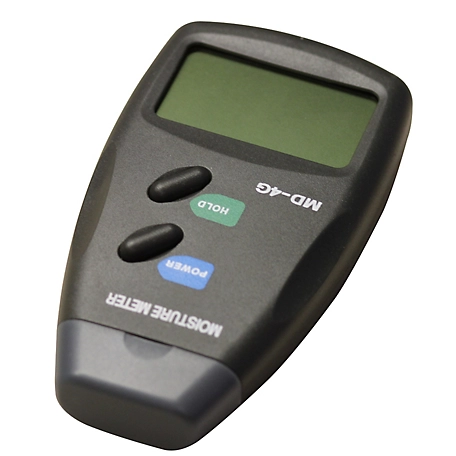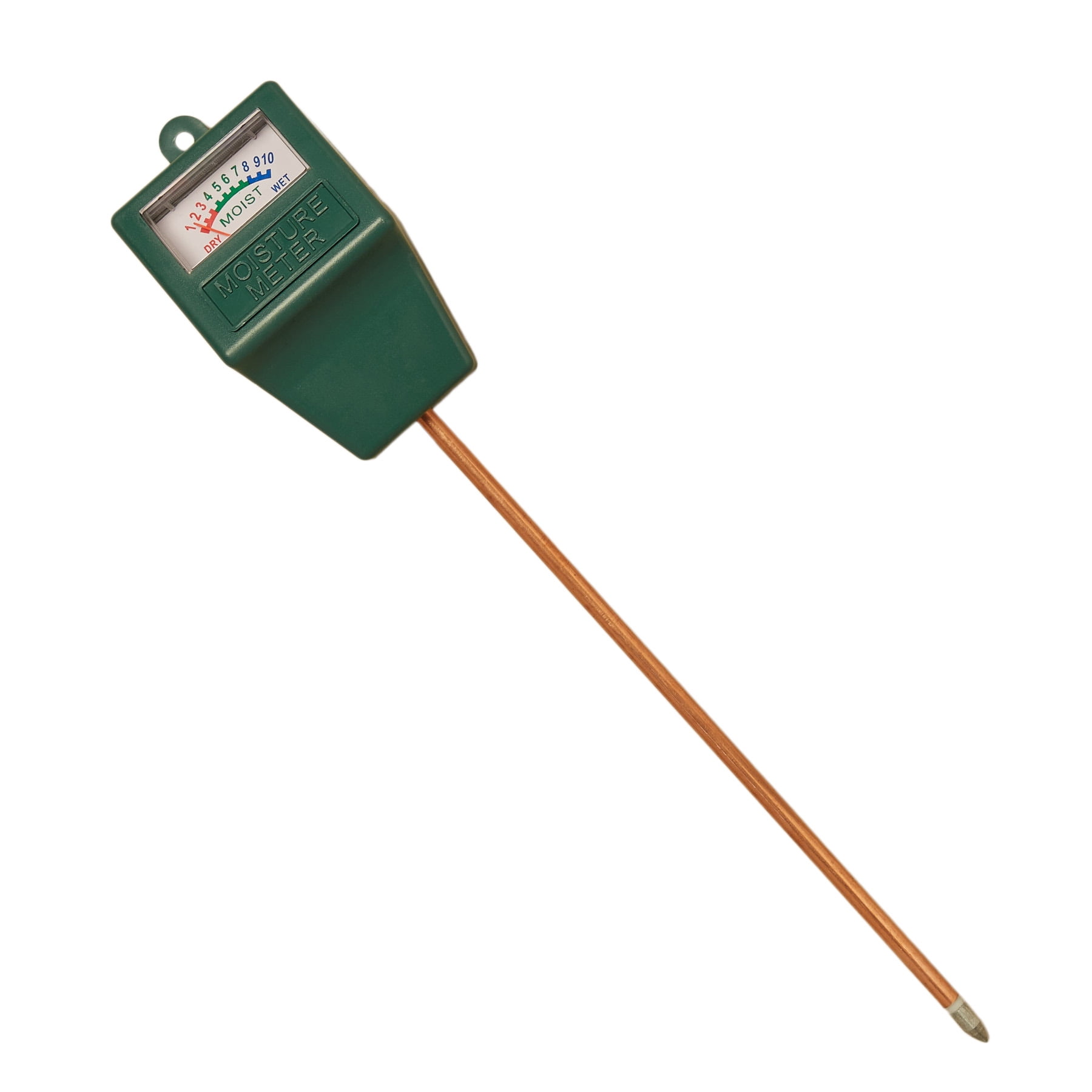Exactly How a Moisture Meter Can Help You Preserve Optimum Problems in Your Home or Office
Exactly How a Moisture Meter Can Help You Preserve Optimum Problems in Your Home or Office
Blog Article
Look Into the World of Moisture Meters: Every Little Thing You Required to Know
In the world of wetness meters exists a world of precision and practicality that usually goes undetected. Comprehending how moisture meters operate, the various types readily available, and their diverse uses can shed light on their relevance in ensuring high quality and effectiveness.
Just How Dampness Meters Work
Wetness meters run by measuring the electric conductivity or capacitance of materials to establish the wetness material present - Moisture Meter. These meters are vital devices throughout various industries, including woodworking, building and construction, and farming. By utilizing different techniques such as pinless or pin-type modern technology, moisture meters offer exact readings that assist experts make notified decisions
Pin-type wetness meters work by putting the sharp pins right into the product being evaluated. On the various other hand, pinless moisture meters use electro-magnetic signals to scan a larger area without creating any kind of damage to the material's surface area.
Despite the technique utilized, moisture meters play a crucial function in avoiding problems such as mold and mildew development, architectural damage, or product problems triggered by excess moisture. Recognizing just how these meters job is important for guaranteeing the quality and stability of materials in various applications.
Sorts Of Dampness Meters
Provided the essential function moisture meters play in various industries, it is necessary to comprehend the various kinds readily available to professionals for properly assessing dampness levels. There are primarily 2 primary kinds of wetness meters: pinless and pin-type dampness meters.
Pin-type dampness meters make use of two pins that are placed right into the material being checked to gauge the electric resistance in between them. This technique is commonly made use of for timber, drywall, and various other structure materials. Pin-type meters offer accurate readings at certain depths, making them ideal for identifying moisture slopes.
On the various other hand, pinless dampness meters utilize electro-magnetic sensor plates to scan a bigger location of the product without creating any kind of damage. This kind appropriates for quickly scanning large areas and is generally used for flooring, wall surfaces, and ceilings. Pinless meters are practical for taking readings on completed surface areas without leaving any noticeable marks.
Both kinds of dampness meters have their benefits and are picked based on the particular requirements of the work handy. Understanding the distinctions in between these types is vital for professionals to make exact wetness analyses.
Applications Across Industries
Building experts count on wetness meters to assess the wetness levels in structure materials like timber, concrete, and drywall, which is vital for keeping structural honesty and stopping concerns like rot or mold and mildew. The floor covering market makes use of dampness meters to measure the wetness material in subfloors before mounting various floor treatments, avoiding pricey damages due to excess dampness. In the food sector, dampness meters are made use of to keep track of and manage moisture degrees in items such as grains, nuts, and dried fruits to preserve freshness and quality.
Tips for Utilizing Dampness Meters
Utilize the moisture meter's calibration settings to make certain exact readings when measuring the wetness material in various materials. Additionally, make sure the meter is established to the appropriate wetness range for the material you are gauging to acquire go right here the most specific outcomes.

When utilizing a pin-type wetness meter, place the pins to the appropriate depth recommended for the product being tested. This makes certain that the wetness readings are taken from the appropriate depth within the product, giving an extra accurate representation of its wetness content. For pinless moisture meters, bear in mind to maintain appropriate call with the product's surface to obtain dependable readings.

Routinely inspect and replace the batteries in your dampness meter to stop imprecise readings because of low power. Store the meter in a dry and risk-free place when not in usage to prolong its life expectancy and preserve its precision. By following these ideas, you can make best use of the efficiency of your wetness meter and acquire specific moisture web content measurements across various products.

Maintenance and Calibration
To guarantee the accuracy of moisture web content dimensions, normal maintenance and calibration of the wetness meter are crucial steps in its correct performance. Maintenance entails keeping the wetness meter complimentary and tidy from particles that might affect its analyses. It is necessary to comply with the producer's guidelines for cleaning to stop damages to the tool. In addition, routine calibration is necessary to confirm the precision of the analyses. Calibration changes the moisture meter to guarantee that it provides reliable and constant results.
Calibration Check This Out must be performed occasionally, specifically if the dampness meter is utilized often or in important applications where precise dimensions are called for. By preserving and adjusting the wetness meter routinely, individuals can rely on the accuracy of the moisture content measurements acquired.
Verdict
To conclude, dampness meters play an important click this link role in numerous markets by accurately gauging the dampness web content of materials. Comprehending just how these devices work, the different kinds available, and appropriate upkeep and calibration are necessary for acquiring reliable outcomes. Whether in agriculture, production, or building and construction, the usage of moisture meters helps guarantee quality assurance and effectiveness in processes.
Building professionals depend on moisture meters to examine the moisture degrees in building materials like wood, concrete, and drywall, which is critical for preserving architectural stability and protecting against concerns like rot or mold. The floor covering industry uses dampness meters to measure the moisture material in subfloors prior to mounting numerous floor coverings, stopping costly damages due to excess dampness.Make use of the moisture meter's calibration settings to make sure accurate readings when determining the wetness web content in various products. By following these suggestions, you can optimize the efficiency of your wetness meter and acquire specific wetness web content measurements throughout various products.
In final thought, moisture meters play a crucial duty in numerous markets by accurately measuring the dampness content of materials.
Report this page